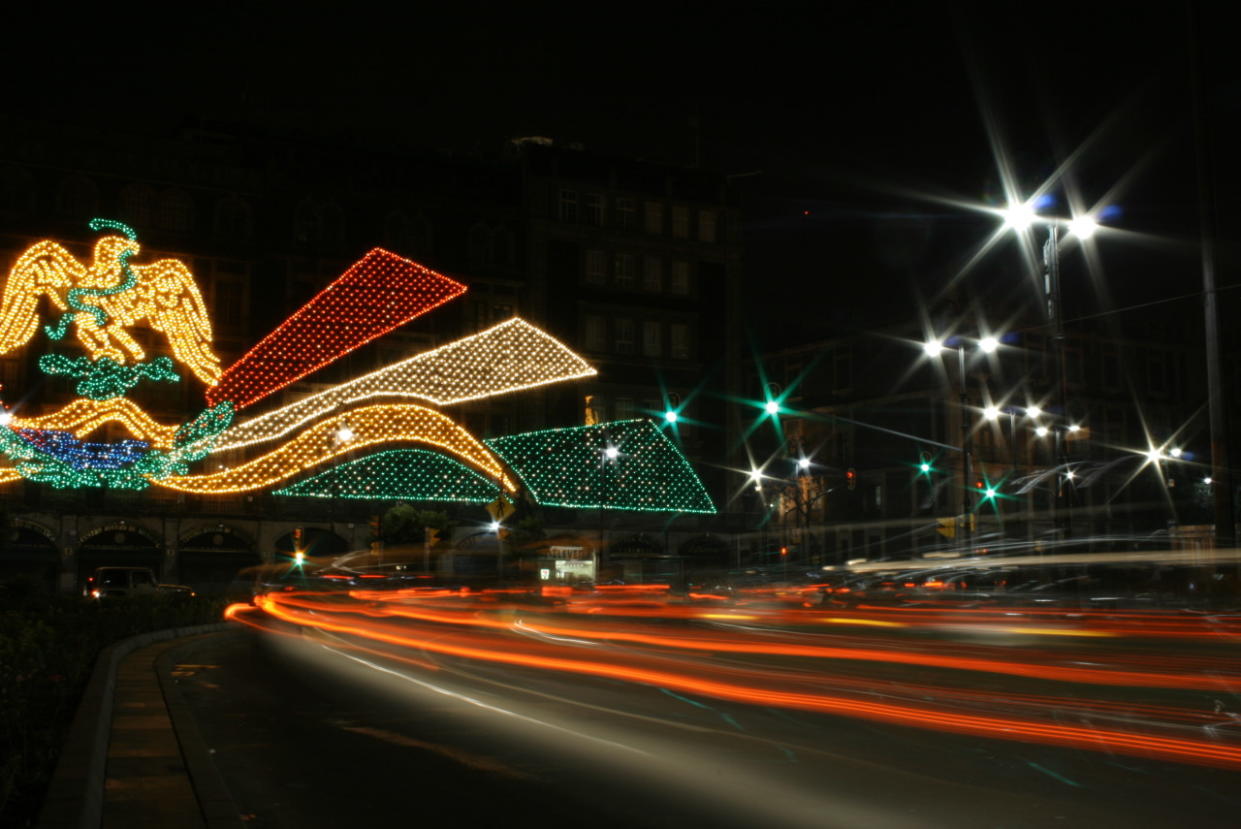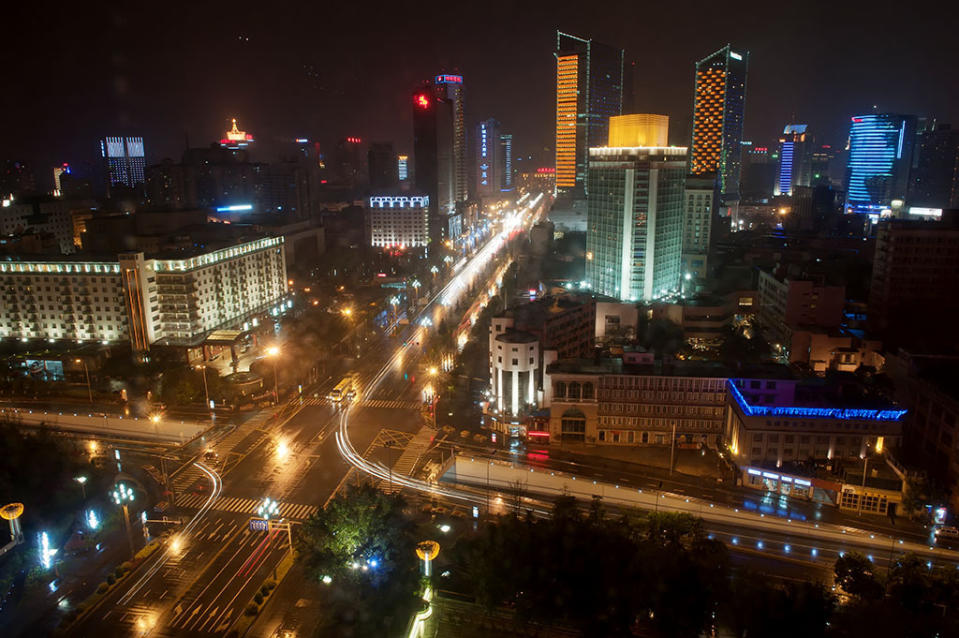The World's Most Traffic-Congested Cities

Mexico City (Photo: Esparta Palma | Flickr)
We recently highlighted a list of the U.S. cities in which commuters waste the most time sitting in traffic. While we suffer some intolerable tie-ups here, the most clogged arteries in the nation – those in and around Los Angeles – barely make the top-10 list of the most bottlenecked burgs on the planet.
That distinction would go to Mexico City, where its car-bound citizens spend 59% more time getting to and from work than they would during the times of day commuters can only dream about – when traffic is otherwise moving freely. And that’s the daily average – Mexico City motorists spend an estimated 97% extra time behind the wheel during the morning rush hour, and 94% extra time during the evening peak. All told, that’s as many as 219 travel hours – nearly five and a half weeks of work time – wasted per year behind the wheel.
That’s according to the annual Traffic Index, based on 2015 data compiled by the Amsterdam-based GPS and travel service company TomTom. And it seems Highway Satan is an equal opportunity oppressor, with nine separate countries represented among the world’s 10 worst metro areas for commuters (Brazil is the only nation to place two of its cities among the 10 worst, Salavador and Recife).

Chengdu, China (Photo: DvYang | Flickr)
“Traffic congestion is a fact of life for every driver,” says Nick Cohn, a senior traffic expert with TomTom. “We should not expect our transport authorities to simply ‘build away’ congestion. Studies have shown over the years that building new motorways or freeways does not eliminate congestion.”
Overall, the company estimates traffic has increased by 13% globally since 2008. North America, enjoying the effects of economic growth, leads the globe in that regard with a 17% jump over the last eight years. By contrast, traffic in Europe, which remains in the financial doldrums, tightened by only 2% since 2008. Traffic congestion in Southern European nations like Italy and Spain has actually been on the decline over the last decade-and-a-half, by -7% and -13%, respectively.
Here’s TomTom’s list of the 10 global cities where the commutes are most brutal, and employees should be able to make a strong case for working at home. We’ve also included the percentage of extra time TomTom estimates an average motorist spends sitting in traffic; for example, if congestion causes commuters to spend 30 minutes getting to or from the office, compared to 20 minutes for the same trip taken during times of free-moving traffic, then the daily delay amounts to 50%.
Mexico City: 59% extra travel time (morning peak 97%; evening peak 94%).
Bangkok: 57% extra travel time (morning peak 85%; evening peak 114%)
Istanbul: 50% extra travel time (morning peak 62%; evening peak 94%).
Rio de Janerio: 47% extra travel time (morning peak 66%; evening peak 79%).
Moscow: 44% extra travel time (morning peak 71%; evening peak 91%).
Bucharest: 43% extra travel time (morning peak 83%; evening peak 87%).
Salvador: 43% extra travel time (morning peak 67%; evening peak 74%).
Recife: 43% extra travel time (morning peak 72%; evening peak 75%).
Chengdu: 41% extra travel time (morning peak 73%; evening peak 81%).
Los Angeles: 41% extra travel time (morning peak 60%; evening peak 81%).
More at Forbes.com
The 2017 NSX: Building A Supercar The Acura Way
Despite Dieselgate, Toyota And Volkswagen Are In A Dead Heat For Sales Crown
Focused Strategy Helps FCA’s Ram Gain On Truck Rivals
Women Auto Designers Reimagining The Way You Drive


